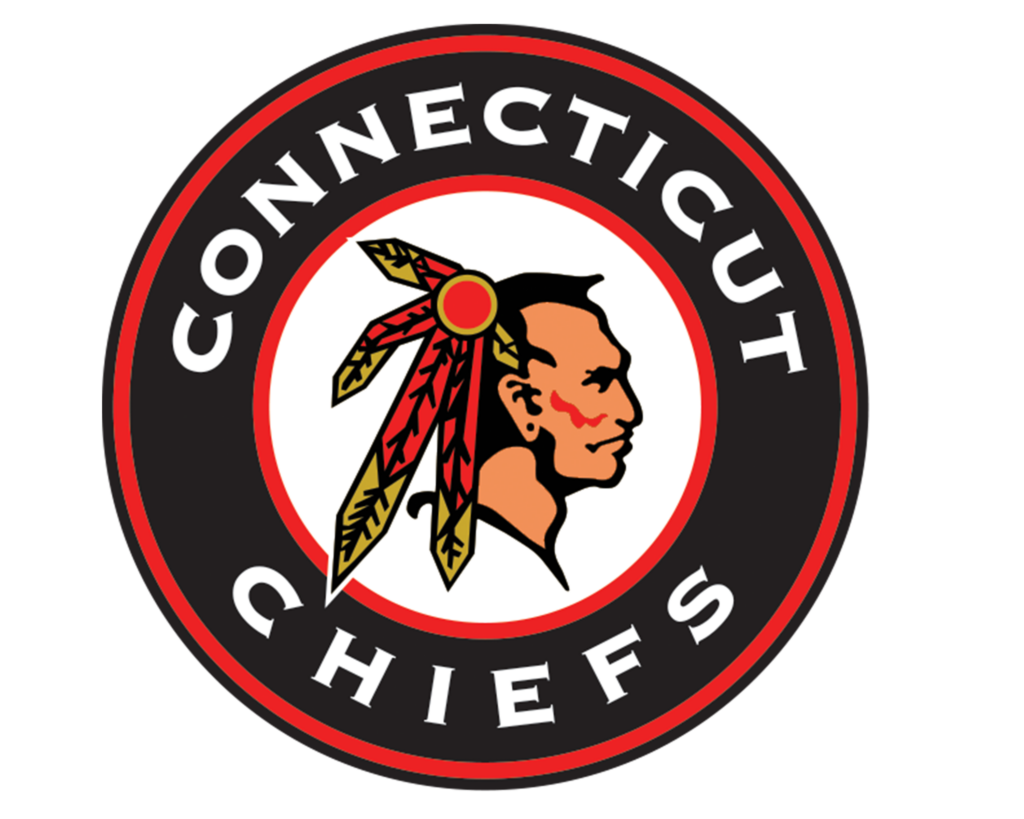Prep School Hockey
TAKING THE PREP SCHOOL PATH
Article is from College Hockey Inc.
http://collegehockeyinc.com/node/514
Tuesday, December 11, 2012
Prep hockey is thriving as a path to Division I college hockey.
Literally hundreds of NHL scouts and college assistant coaches will convene this weekend for a holiday tradition at rinks around New England and beyond – prep hockey tournaments.
The action on the ice and the presence of those coaches and scouts prove one thing: prep hockey is still thriving as a path to college and pro hockey.
100 current Division I players came straight from prep school to college, and many more followed that path with a stop in junior hockey in between. It’s a viable option for players from the U.S. or Canada – even Europe – and provides a unique preparation for the college lifestyle.
“We’re one of the closest models to the college hockey developmental model,” said Kent School head coach Matt Herr, a former star at Michigan who played in the NHL. “We have the weight room in the fall and a college-oriented schedule. We’re combining education, hockey and also helping these kids become good people.”
Many paths to college hockey
As College Hockey, Inc. stresses in its presentations, there are multiple paths to college hockey and different fits for different players. Prep hockey fits in nicely as an option alongside juniors, public high school or bantam/midget programs.
Prep schools are private secondary schools, typically featuring ninth through 12th grades. Many are boarding schools, with dorms on campus, and most are co-ed.
College coaches understand that prep schools produce players – and students – who can make an impact at the Division I level.
Penn State head coach Guy Gadowsky rarely recruited from prep schools until he worked at Princeton, where he discovered their value. Now he’ll have an eye on prep schools as a feeder for the new Nittany Lions program.
“I’ve recruited some of my favorite players from prep schools,” he said. “Quality players and real character guys – the type of players we are looking for now.”
Prep schools are based largely in the New England states with some notable exceptions. More than 60 schools compete in the New England Prep School Ice Hockey Association.
Given their proximity, it’s not surprising that the colleges in New England recruit the prep schools most heavily, though prep grads dot rosters elsewhere as well, including Colgate, Michigan and Union. School names like Choate, Deerfield, Kimball Union and Lawrence Academy are common on rosters and recited in college hockey broadcasts by the likes of Pierre McGuire or Dave Starman.
In the classroom
Like colleges, prep schools have varying academic reputations and admissions standards. All place an emphasis on the balance between academics and athletics, similar to what student-athletes would find in college. Academic advisors, tutors and college counselors are all available to help ensure that students are on the path to college and NCAA eligibility.
On the ice
On the ice, most games are played on Wednesdays and Saturdays (outside of tournaments like those being held this weekend). Most schools have rinks on campus and a schedule that allows a proper amount of practice time for developing players.
With on-campus rinks, players can hop on the ice for individual workouts during a free period, much like at college rinks. Gagnon notes that even with fewer games than some other programs, time spent on ice at prep school may be higher.
Prep schools give their students the opportunity to play three sports, so the school seasons don’t start until November and typically consist of 35 games. Given that, the programs have created fall leagues – based in Connecticut and Southern New Hampshire and based on the success of the Upper Midwest High School Elite League – that allow their players to get on the ice sooner.
In addition, many prep school players participate on midget or U16 teams, giving them the opportunity to play more games while enjoying the other benefits of prep school.
The cost question
Prep school can be expensive, and families researching schools can often be scared off by the sticker price. Just like college, however, financial aid is available, with most schools offering merit scholarships for exceptional applicants and need-based aid for those who can’t afford the full price.
“People need to remember, that sticker price is everything, not just school and then they have to pay for hockey,” Gagnon said. “It’s the big picture of lifelong contacts, outstanding hockey and the education that comes with it.”
In the end, most families find that what they get from prep school – in terms of academics, athletics and life experience – is worth the price in their pursuit of higher education and playing college hockey.
Article is from College Hockey Inc.
http://collegehockeyinc.com/node/514
